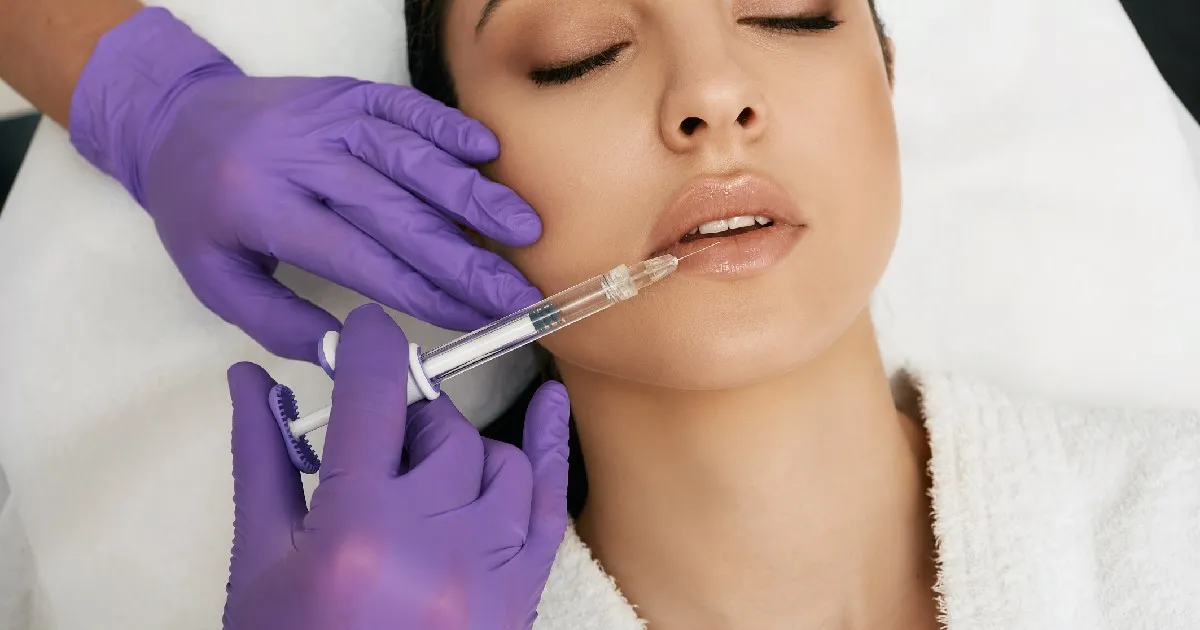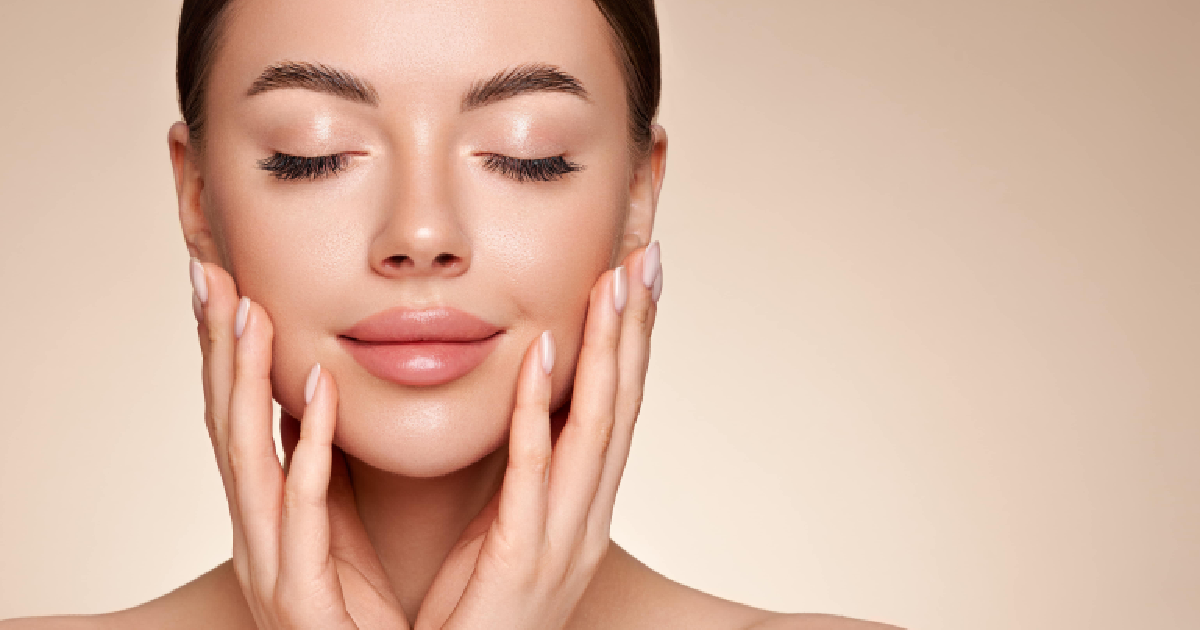Platelet-Rich Plasma is often used in aesthetics to help naturally boost the health and vibrancy of skin. However, its restorative and therapeutic properties can be used in much broader applications. The body has an amazing ability to heal. By harnessing and using these healing properties, we can help the body to recover.
At Enriched Aesthetics in Morristown, NJ, we are interested in using Platelet-Rich Plasma therapy for everything from hair restoration to scar reduction. By using this and a wide variety of other devices and techniques, we can not only boost your aesthetics but also improve your overall health.
What Is Platelet-Rich Plasma?
Platelet-Rich Plasma therapy, or platelet-rich plasma therapy, is a treatment that leverages the body’s innate healing mechanisms. Extracted from your own blood, Platelet-Rich Plasma is enriched with platelets and growth factors. We integrate Platelet-Rich Plasma therapy as a versatile treatment option for issues like scar reduction, hair restoration, and enhanced wound healing.
How Does Platelet-Rich Plasma Work?
The initial step involves drawing a modest amount of blood, usually from your arm. This sample is then subjected to centrifugation to isolate the platelet-rich plasma from other blood components such as red blood cells. The separated Platelet-Rich Plasma is then administered back into the targeted areas through injections.
Concentrated platelets discharge growth factors that trigger cellular activation and rejuvenation, encouraging tissue repair and regeneration. Whether it’s accelerating the healing process of a wound, invigorating hair follicles for growth, or reducing the appearance of scars, Platelet-Rich Plasma therapy works by amplifying your body’s natural healing capabilities.
Applications of Platelet-Rich Plasma
Platelet-Rich Plasma for Hair Restoration
When it comes to addressing hair loss, Platelet-Rich Plasma therapy presents a unique alternative to traditional treatments. Unlike topical solutions or surgical interventions, Platelet-Rich Plasma for hair restoration aims to improve the health of existing hair follicles, encouraging natural hair growth.
In this specific application, the prepared platelet-rich plasma is injected into the scalp at the level of the hair follicles. This action places the growth factors precisely where they can be most effective, essentially “waking up” dormant hair follicles and encouraging them to enter an active growth phase.
Platelet-Rich Plasma for Scar Reduction
For those looking to minimize the appearance of scars, Platelet-Rich Plasma therapy offers an intriguing solution that diverges from traditional scar creams or surgical revisions. By using Platelet-Rich Plasma injections directly into the scar tissue, the treatment aims to stimulate the body’s own healing processes to remodel and improve the appearance of scars.
In the context of scar reduction, Platelet-Rich Plasma works by promoting the production of collagen and other connective tissues. The localized healing response can soften the scar tissue, reduce discoloration, and promote smoother skin texture.
Platelet-Rich Plasma in Wound Healing
Platelet-rich plasma has shown promising results in accelerating the healing process of wounds. By injecting Platelet-Rich Plasma directly into the affected area, the treatment provides a concentrated dose of platelets and growth factors that can significantly aid in tissue repair and regeneration.
This approach is particularly beneficial as it uses the body’s own components to support healing, so it works alongside the processes that are already taking place. It can come with the potential for faster healing, reducing the time needed for recovery.
How Does Platelet-Rich Plasma Compare With Traditional Methods?
Platelet-Rich Plasma sets itself apart by being a more natural way to address certain concerns. Rather than relying on drugs or surgical interventions, it focuses on natural healing. It can also be used in conjunction with other types of treatments to increase the healing effects.
A Step-by-Step Look at the Process
Step One: Drawing Your Blood
In the initial phase of a Platelet-Rich Plasma treatment, a small sample of your blood is collected from your arm. This part of the process is similar to a standard blood test and is generally quick and minimally uncomfortable.
Step Two: Processing the Blood
During this stage, the collected blood is subjected to centrifugation. This spinning technique is able to effectively separate the platelet-rich plasma from other blood components. Only the most advanced technology is used during Platelet-Rich Plasma therapy to help ensure that the plasma is adequately enriched with platelets.
Step Three: Preparing the Platelet-Rich Plasma for Treatment
After centrifugation, the isolated Platelet-Rich Plasma is removed from the tube to separate it from the red blood cells. Then it’s prepared for treatment by placing the plasma into a small syringe where it will be ready for injection into the targeted area.
Step Four: Injecting the Platelet-Rich Plasma
The actual treatment involves injecting the prepared platelet-rich plasma into your body. The injection sites and depths will vary depending on whether the treatment is aimed at hair restoration, scar reduction, wound healing, or more.
Step Five: Additional Treatments
Post-Platelet-Rich Plasma treatment, some individuals opt for supplementary treatments. We can use a combination of laser treatments and Platelet-Rich Plasma injections to heal scarring from acne or other causes. Laser devices can fractionally ablate the skin while Platelet-Rich Plasma can enhance the healing process.
Step Six: Follow-Up Appointments
After the initial round of Platelet-Rich Plasma injections, follow-up appointments are generally recommended. These serve to assess the efficacy of the treatment and to determine whether additional rounds of Platelet-Rich Plasma are needed to achieve the desired outcome.
Learn More About the Benefits of Platelet-Rich Plasma in Aesthetics and Medicine
Platelet-Rich Plasma therapy offers a versatile approach to various aesthetic and medical concerns, from hair restoration and scar reduction to expedited wound healing. At Enriched Aesthetics in Morristown, NJ, we offer many different advanced treatment options that go beyond traditional therapies. If you’re interested in exploring the potential benefits of Platelet-Rich Plasma for your specific situation, we invite you to contact us through our website or call us at (973) 241-1838.





